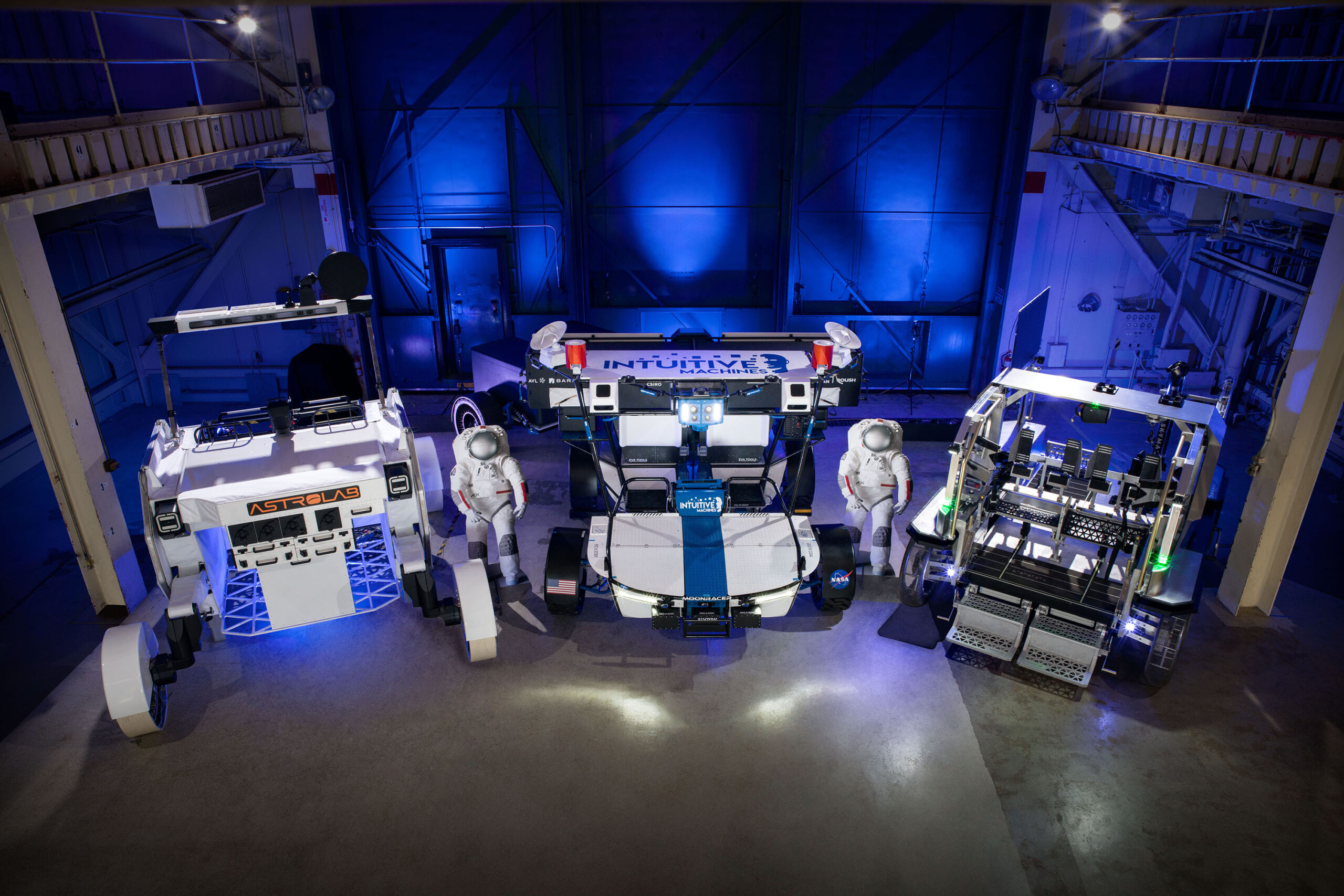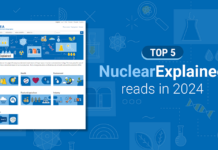New Commercial Lunar Rovers Undergo Testing at NASA
In an exciting development for lunar exploration, three innovative Lunar Terrain Vehicles (LTVs) have been showcased at NASA’s Johnson Space Center in Houston. These vehicles, known as Venturi Astrolab’s FLEX, Intuitive Machines’ Moon RACER, and Lunar Outpost’s Eagle, represent the forefront of commercial lunar exploration technology.
The three LTVs were displayed together in a remarkable photograph taken on November 21, 2024. This marks a significant step in a year-long feasibility study aimed at evaluating the capabilities of these vehicles in a lunar-like environment. The study is a collaborative effort involving NASA and the commercial companies behind these cutting-edge machines.
The Feasibility Study and Testing Phase
Each company involved in the project was required to deliver a static mockup of their vehicle to Johnson Space Center by the end of September. This was followed by rover testing that began in October. The first phase of this rigorous testing process concluded in December at NASA’s Active Response Gravity Offload System (ARGOS) test facility.
Understanding the ARGOS Test Facility
The ARGOS facility is crucial for simulating the unique conditions found on the lunar surface. The moon’s gravity is only one-sixth of what we experience on Earth. To effectively simulate this environment, ARGOS uses a sophisticated system that can offload weight from pressurized suited subjects, enabling various gravity-reduced simulations. This capability is essential for testing how well the LTVs can operate under the challenging conditions they will face on the moon.
Exploring the Lunar Terrain Vehicles
Venturi Astrolab’s FLEX
Venturi Astrolab’s FLEX is designed to be a versatile and robust vehicle capable of navigating the moon’s rugged terrain. Its development focuses on flexibility, allowing it to perform a variety of tasks necessary for lunar exploration. The FLEX aims to support both scientific research and commercial activities, making it a valuable asset for future lunar missions.
Intuitive Machines’ Moon RACER
The Moon RACER, developed by Intuitive Machines, is engineered for precision and adaptability. It features state-of-the-art technology that allows it to traverse the lunar landscape efficiently. The vehicle is designed to support NASA’s Artemis program, which aims to return humans to the moon and establish a sustainable presence there. The Moon RACER is equipped to handle the demanding tasks of transporting supplies and scientific instruments across the lunar surface.
Lunar Outpost’s Eagle
Lunar Outpost’s Eagle vehicle stands out for its innovative design that emphasizes durability and endurance. The Eagle is intended to operate autonomously, conducting missions without direct human control. This capability is crucial for prolonged lunar missions where human presence may be limited or delayed. Its design reflects a commitment to advancing lunar exploration by providing reliable transport and operational support.
The Significance of Commercial LTVs
The development of these commercial LTVs marks a pivotal moment in space exploration. By leveraging the expertise and resources of private companies, NASA aims to accelerate the pace of lunar exploration and open new opportunities for scientific discovery and economic activity on the moon. The involvement of the private sector in space exploration is a testament to the growing interest and investment in this field, which could lead to groundbreaking advancements in technology and exploration strategies.
The Artemis Program and Future Prospects
The Artemis program is a cornerstone of NASA’s efforts to return humans to the moon and establish a sustainable presence there. The program’s goals include landing the first woman and the next man on the lunar surface, exploring more of the moon than ever before, and preparing for future missions to Mars. The inclusion of commercial LTVs in the Artemis program represents a significant step towards achieving these ambitious objectives.
The vehicles being tested could play a critical role in supporting the program’s objectives by providing essential transportation and logistical support. Their ability to navigate the lunar terrain and carry out missions autonomously will be invaluable as NASA and its partners work to expand human presence on the moon.
Reactions and Reviews
The testing of these LTVs has generated considerable interest within the scientific and space exploration communities. Many experts see this as a positive step towards fostering innovation and collaboration between NASA and private industry. The success of these vehicles could pave the way for future partnerships and encourage more companies to invest in space exploration technologies.
Furthermore, the advancements made through these collaborations could have far-reaching implications beyond lunar exploration. The technologies developed for these vehicles may eventually be adapted for use in other environments, including Mars or even Earth-based applications, such as autonomous vehicles or advanced robotics.
Conclusion
The ongoing testing and development of Venturi Astrolab’s FLEX, Intuitive Machines’ Moon RACER, and Lunar Outpost’s Eagle represent a significant milestone in the future of lunar exploration. These commercial LTVs embody the spirit of innovation and collaboration that is essential for advancing human presence in space. As the feasibility study progresses, the insights gained will undoubtedly shape the future of lunar exploration and inspire new possibilities for scientific discovery and economic growth on the moon.
For more detailed information on how these LTVs were tested, you can visit NASA’s official website. As we look to the future, the successful integration of commercial technology into space exploration promises to be a transformative force, driving humanity further into the cosmos and unlocking the mysteries of our celestial neighbors.
For more Information, Refer to this article.



































